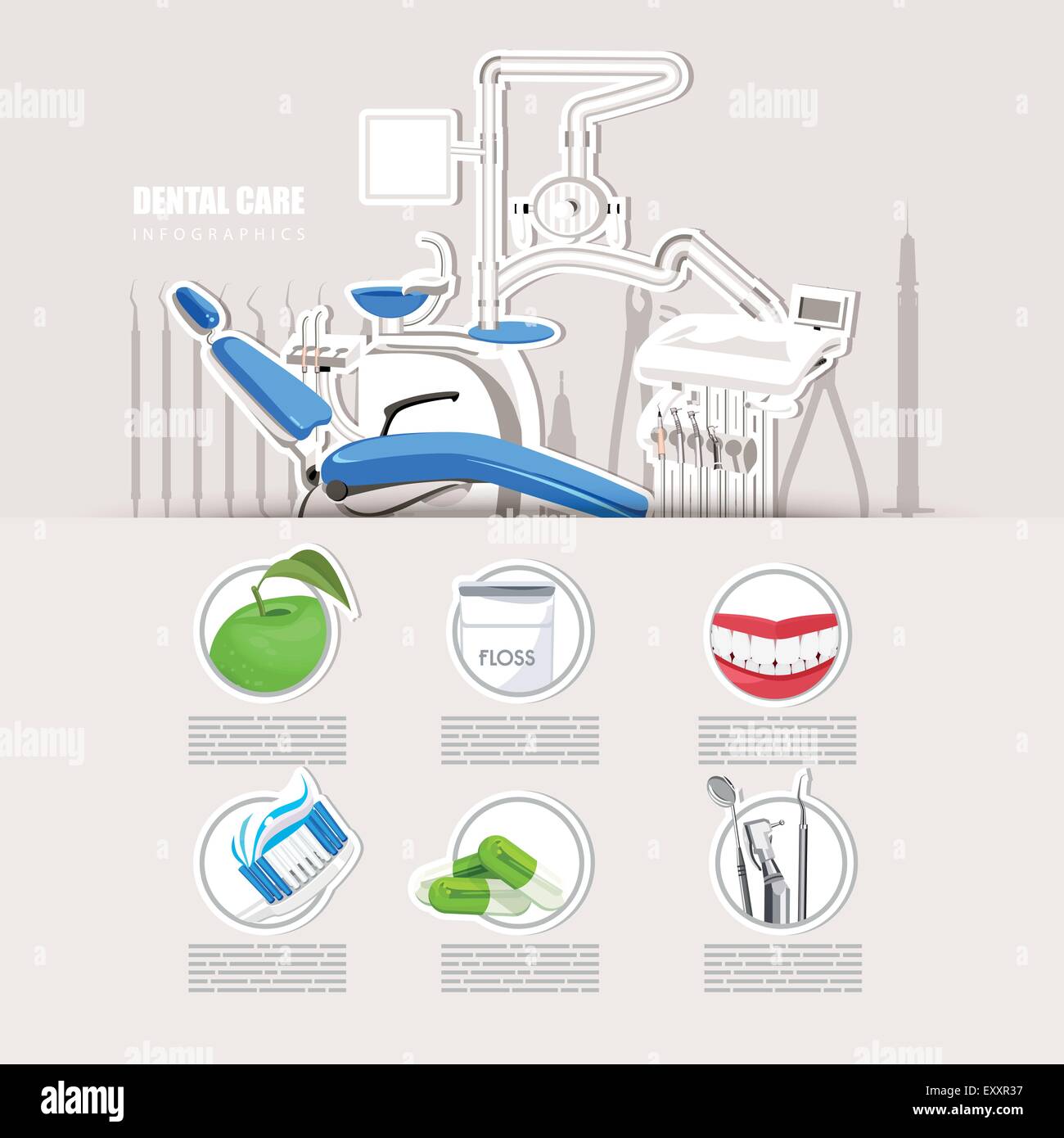The Improvement Of Oral Surgery: Pioneering Developments And Proceeds Defining The Field
The Improvement Of Oral Surgery: Pioneering Developments And Proceeds Defining The Field
Blog Article
relevant internet page -Johannsen Hessellund
Welcome to the world of dental surgery, where developments and advancements are shaping the future of the area! In this interesting world, you'll witness the transformative power of robotics, the cutting-edge wonder of 3D printing, and the game-changing impact of minimally invasive techniques.
The future of oral surgery holds a pledge of precision, efficiency, and boosted patient results. With the help of sophisticated robotics, cosmetic surgeons have the ability to execute complicated procedures with higher precision and control.
3D printing technology is revolutionizing the production of dental implants and prosthetics, using tailored solutions that fit flawlessly into each individual's special composition.
In addition, minimally intrusive strategies are decreasing post-operative pain and healing time, allowing clients to return to their lives quicker.
Get ready to check out the exciting advancements and advances that are reshaping the landscape of dental surgery!
Innovations in Robotics
One significant development in oral surgery is the use of robot innovation, which allows for precise and efficient procedures. With the help of robot systems, dental cosmetic surgeons have the capability to carry out intricate surgeries with enhanced precision, decreasing the threat of human mistake.
These robot systems are geared up with innovative imaging technology and exact tools that enable doctors to navigate with detailed anatomical frameworks easily. By making use of robot innovation, cosmetic surgeons can attain greater medical accuracy, causing improved client results and faster recovery times.
Furthermore, using robotics in oral surgery permits minimally intrusive procedures, decreasing the trauma to surrounding cells and advertising faster healing.
3D Printing in Oral Surgery
To improve the area of dental surgery, you can check out the subtopic of 3D printing in oral surgery. This cutting-edge technology has the potential to change the method oral cosmetic surgeons operate and deal with individuals. Below are four crucial ways in which 3D printing is forming the area:
- ** Personalized Surgical Guides **: 3D printing enables the development of extremely exact and patient-specific medical overviews, boosting the precision and effectiveness of procedures.
- ** clue dental marketing **: With 3D printing, oral doctors can develop personalized dental implant prosthetics that perfectly fit a person's special composition, resulting in much better results and person satisfaction.
- ** Bone Grafting **: 3D printing enables the production of patient-specific bone grafts, lowering the need for conventional implanting strategies and boosting healing and recuperation time.
- ** Education and learning and Training **: 3D printing can be utilized to produce sensible medical models for instructional functions, permitting oral specialists to practice complicated procedures prior to doing them on patients.
With its prospective to improve accuracy, personalization, and training, 3D printing is an interesting advancement in the field of oral surgery.
Minimally Intrusive Methods
To additionally advance the field of oral surgery, welcome the capacity of minimally intrusive methods that can greatly benefit both cosmetic surgeons and clients alike.
Minimally Read More In this article are reinventing the area by decreasing surgical injury, minimizing post-operative discomfort, and accelerating the recuperation process. hutto dentist involve using smaller incisions and specialized instruments to do procedures with precision and efficiency.
By utilizing innovative imaging modern technology, such as cone beam calculated tomography (CBCT), doctors can properly prepare and execute surgical treatments with marginal invasiveness.
Additionally, making use of lasers in oral surgery permits specific cells cutting and coagulation, leading to reduced blood loss and lowered healing time.
With minimally intrusive techniques, people can experience much faster healing, minimized scarring, and enhanced outcomes, making it a necessary facet of the future of oral surgery.
Verdict
So, as you can see, the future of dental surgery is extremely promising, with interesting advancements and developments forming the field.
From the developments in robotics to making use of 3D printing and minimally intrusive strategies, oral surgeons are revolutionizing the way they offer care.
While some might worry about the prospective cost connected with these advancements, it is necessary to bear in mind that these innovations eventually enhance person end results and decrease recovery time, making them well worth the financial investment in the long run.
